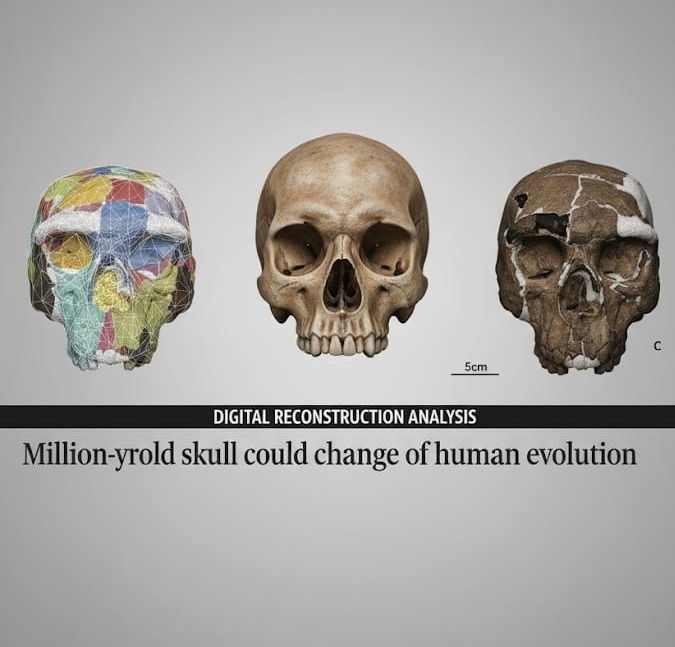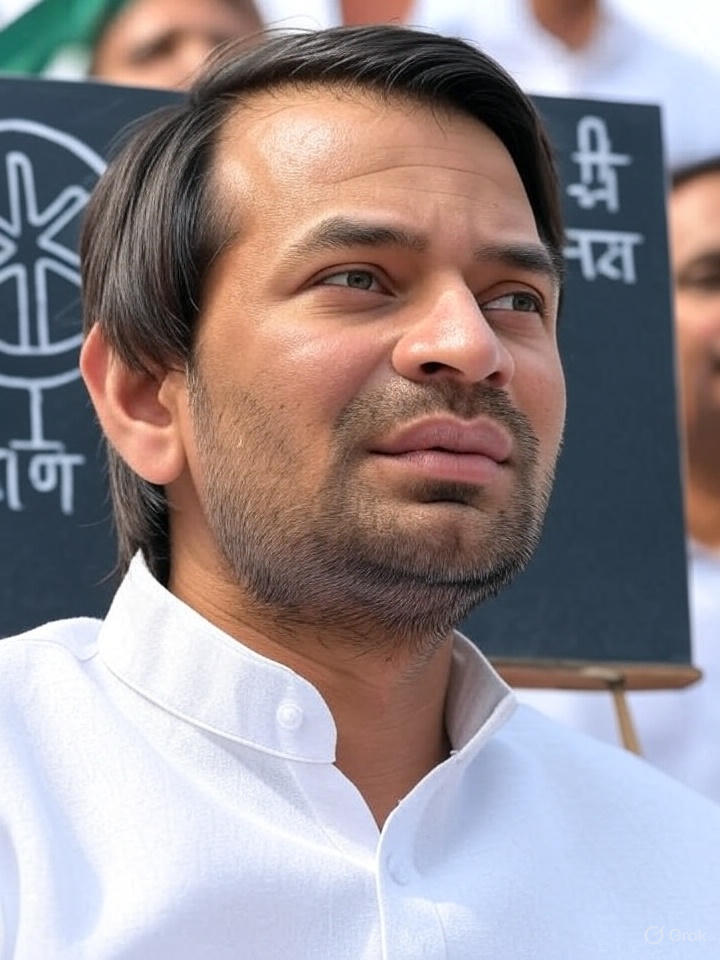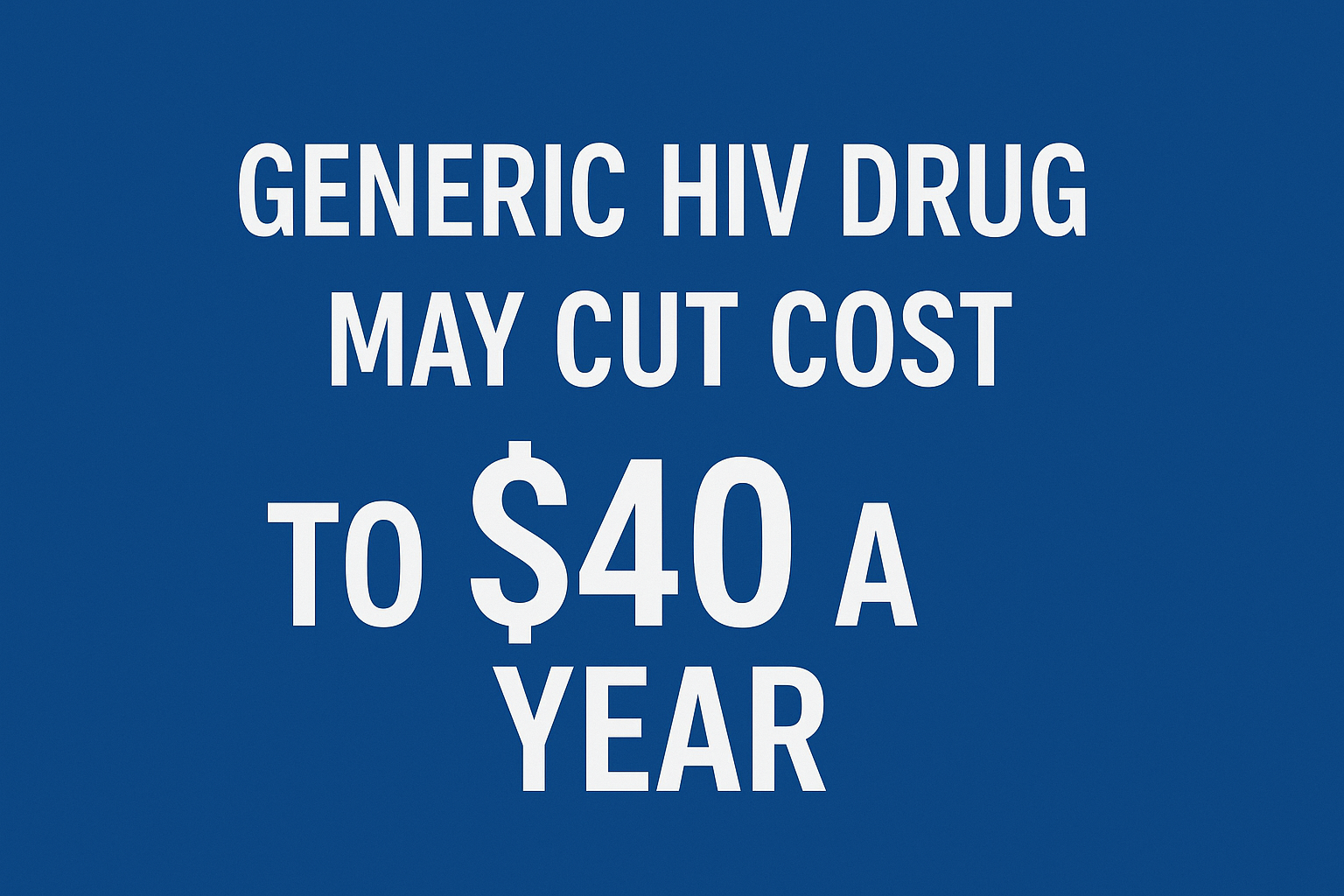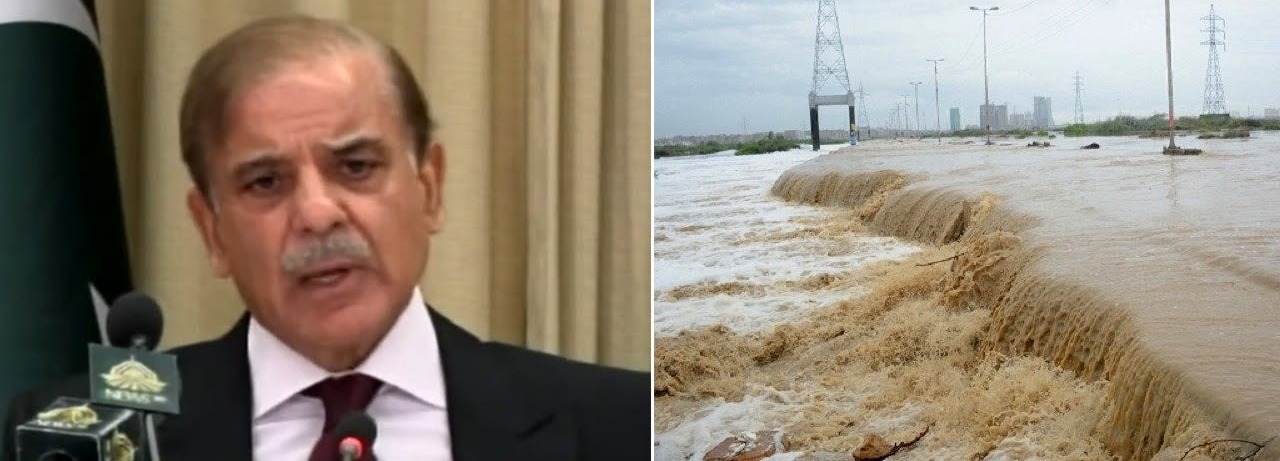
Marking a significant shift in the way religious endowments are governed in India, the Union Government has introduced the Unified Waqf Management, Efficiency, and Empowerment Development (UMEED) portal to bring Waqf properties under a single and transparent digital platform. Addressed as a historic step by Minority Affairs Minister Kiren Rijiju, the centralized digital platform aims to usher in a new era of accountability and accessibility in the administration of Waqf assets across India.
What Is the UMEED Portal?
The UMEED portal is designed to serve as a central digital inventory for all Waqf properties in India. Developed by the Ministry of Minority Affairs, it seeks to not just upgrade the technological infrastructure but revolutionize the very system of Waqf property governance. By mandating the registration of all Waqf properties on the portal within six months of its launch, the government aims to consolidate data, streamline record-keeping and eliminate ambiguity or mismanagement.
The move is significant given that India has one of the largest Waqf property networks in the world, with thousands of acres of land and assets meant for the welfare of the Muslim community, particularly the poor, women, and children. However, over the years, many of these assets have been underutilized, encroached upon, or mired in legal disputes.
The Vision Behind the Reform
At the launch, Kiren Rijiju emphasized that the portal is more than a mere tech upgrade—it represents a landmark reform in inclusive governance. “The UMEED portal will help bring transparency to Waqf property management and ensure these assets benefit common Muslims,” Rijiju noted. The aim is not only to digitize records but also to ensure real-time data collection and access to verified information for both authorities and the public.
Minister of State for Minority Affairs George Kurian, who was also present at the launch, reiterated the importance of the portal in empowering the community and reducing bureaucratic bottlenecks.
Key Features of the Portal
- Mandatory Registration: All Waqf properties across India are required to be registered on the UMEED portal within six months from the launch date.
- Digital Documentation: Owners or managers must submit official documentation to register a Waqf property, helping to reduce instances of false claims or encroachments.
- Encroachment Prevention: The system is designed to identify properties that are either unregistered, encroached, or disputed and take legal steps accordingly.
- Accountability Tools: The portal includes features to track whether a property is being used as per the original Waqf deed and whether the usage aligns with public welfare goals.
- Verification Field: A unique field allows users to check if the land in question is indeed classified as Waqf, addressing long-standing ambiguities.
Challenges and Accountability
Rijiju also issued a word of caution to state Waqf boards, stating that their participation is essential and mandatory. Any delay in data submission or non-compliance may result in consequences, including classification as disputed property or legal action through the Waqf tribunal. Delays or inefficiencies could even lead to the Ministry withholding funds from non-performing boards.
Chandra Shekhar Kumar, Secretary of the Ministry of Minority Affairs, further clarified that in cases where proper documentation is unavailable, applicants will need to approach the Waqf tribunal to verify ownership and avoid wrongful claims. “Since land is a state subject, final verification will depend on whether the respective state governments confirm the Waqf status of the land,” Kumar added.
Why It Matters
The launch of the UMEED portal marks a major shift in the management of religious endowments in India. While Waqf properties are meant to serve socio-religious functions like education, healthcare, and support for the poor, their inefficient management and lack of transparent documentation have long hindered their effectiveness.
With over 6 lakh Waqf properties in India, the new portal aims to unlock their potential and ensure these assets serve their intended beneficiaries. It also empowers the general public and stakeholders by providing access to verified data, thus building trust and transparency.
Insightful Take
The UMEED portal is not just a digital transformation; it is a much-needed structural reform to reinstate accountability in the management of Waqf assets. By bringing all stakeholders—state boards, ministries, local authorities, and the general public—onto a single platform, the initiative paves the way for better utilization of religious endowments for the welfare of marginalized communities.
As India progresses toward inclusive governance, initiatives like UMEED serve as reminders that transparency and technology, when combined with intent, can drive meaningful change.



.jpeg)


.jpeg)




.jpeg)

.jpeg)


.jpeg)


.jpeg)

.jpeg)